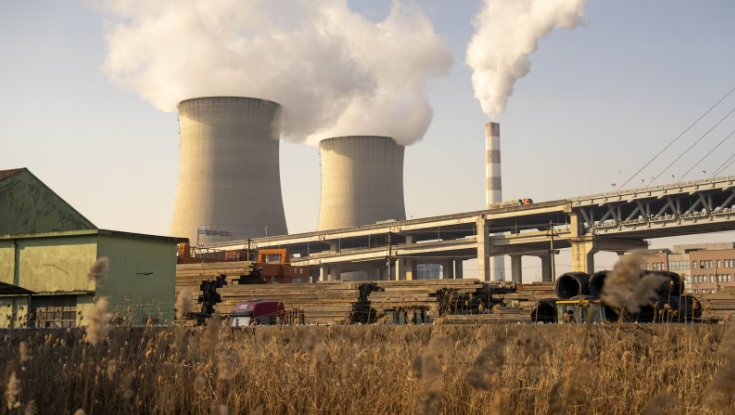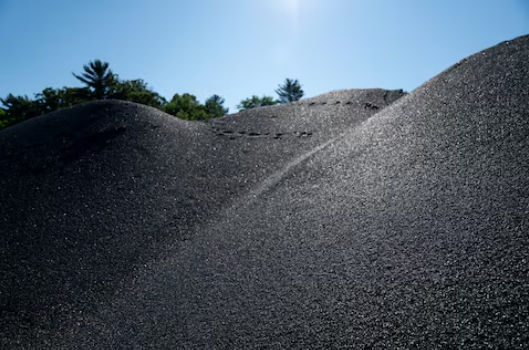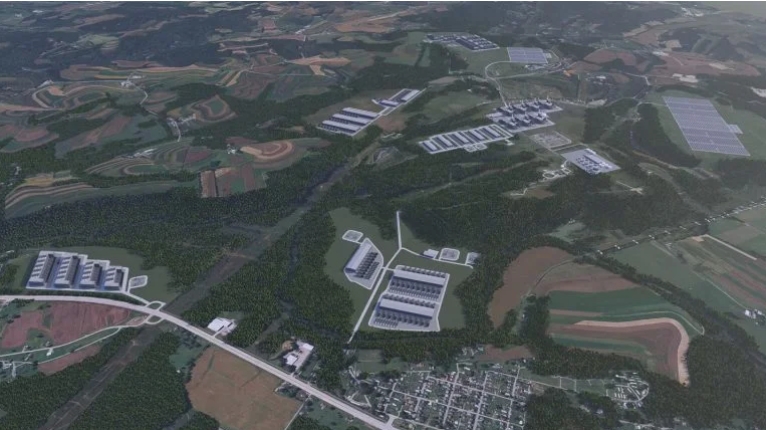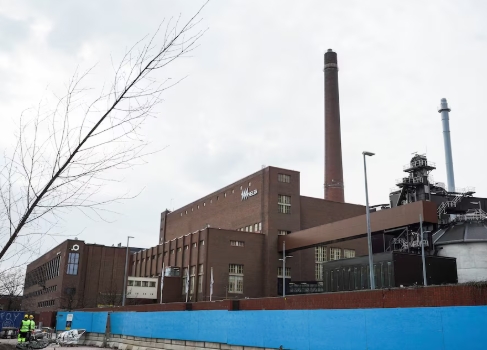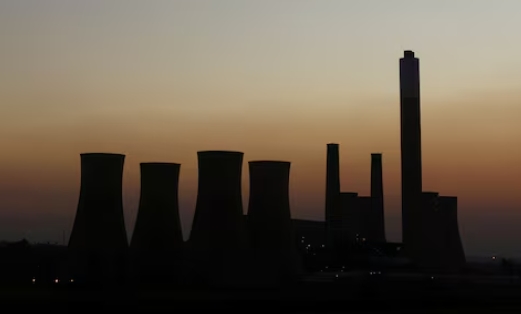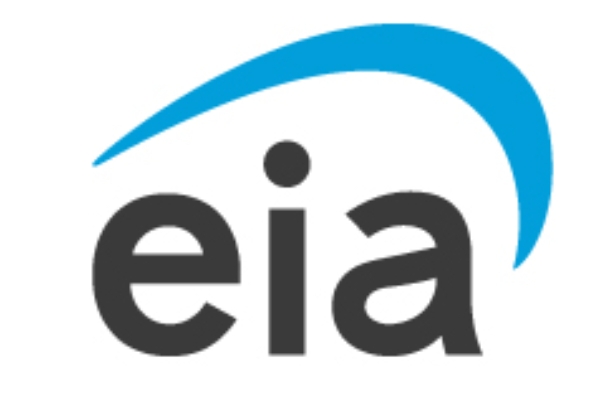A floating autonomous robot could soon play a key role in safeguarding used nuclear fuel around the world. The Robotised Cherenkov Viewing Device (RCVD) has been created through a collaboration between Australian national science agency CSIRO's data and digital specialist arm Data61, Hungarian robotics company Datastart and the International Atomic Energy Agency (IAEA).
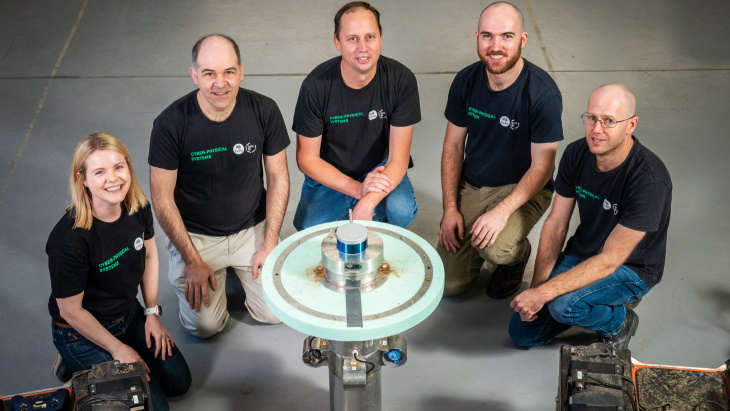
CSIRO team members with the RCVD (Image: CSIRO)
The RCVD, which runs autonomy-enabling software designed by CSIRO's Data61, autonomously navigates a path across a used fuel storage pond while updating a real-time map with footage and data of the fuel assemblies. It analyses each assembly's position and unique signature to detect if fuel has been removed or replaced. Information is communicated back to human staff members. The RCVD's autonomy, navigation and mapping capabilities are underpinned by CSIRO's Wildcat SLAM (Simultaneous Localisation and Mapping) technology.
A prototype RCVD has now completed a successful test in an operating nuclear power facility in South America. The prototype system navigated a used fuel pond and provided inspectors with real time data that can be used for safeguards verification.
"The test demonstrates that autonomous robots could soon assist with field measurement and analysis of spent nuclear fuel, providing greater protection for human workers," said CSIRO Technical Program Manager Rosie Attwell. "Inspectors currently operate above the pond on a suspended platform, sometimes in 40-degree Celsius heat, using a handheld device to identify hundreds of used nuclear fuel rods.
"This new technology will remove humans from harm's way and ensure the rate of safety inspections matches that of nuclear material."
According to Dimitri Finker, Technology Foresight Specialist at the IAEA, using an autonomous system will reduce the burden of carrying in-field verifications for the facility operator and for the IAEA.
"It also significantly improves the quality of the data collected. The instrument can be optimally positioned close to the fuel, leading to more consistent and accurate measurements," he said.
Datastart CEO Peter Kopias noted the seamless integration of the hardware developed by Datastart and CSIRO's own navigation stack is a perfect example of intercontinental engineering collaboration.
"Moving personnel out of harm's way is the most important benefit, but the exceptional data quality and the ability to inspect previously unreachable covered areas is a game changer in nuclear inspection," Kopias said.
The prototype will continue to be tested, with plans for the device to be outfitted with computer vision to enhance autonomy in the next phase of development.
In March 2019, it was announced that an unmanned surface vehicle (USV), designed by Datastart was the winner of the IAEA Robotics Challenge, launched in 2017. The competition sought to find innovative ways to enhance in-field inspection activities.
Currently, safeguards inspectors need to use a small hand-held optical instrument called the Improved Cerenkov Viewing Device (ICVD) from a gantry suspended above a used fuel pool and manually peer through a lens at the individual fuel assemblies, of which there can be hundreds at a time. For the Challenge, the IAEA sought designs that could mount the newly developed neXt Generation Cerenkov Viewing Device (XCVD), capable of providing digital recording, inside a small robotised floating platform which would autonomously propel itself across the surface of a used fuel pool.
The Robotics Challenge attracted more than 300 submissions. Of the 12 proposals selected for demonstration, three designs underwent real-world testing in a used fuel storage pool at the Loviisa nuclear power plant in Finland.

